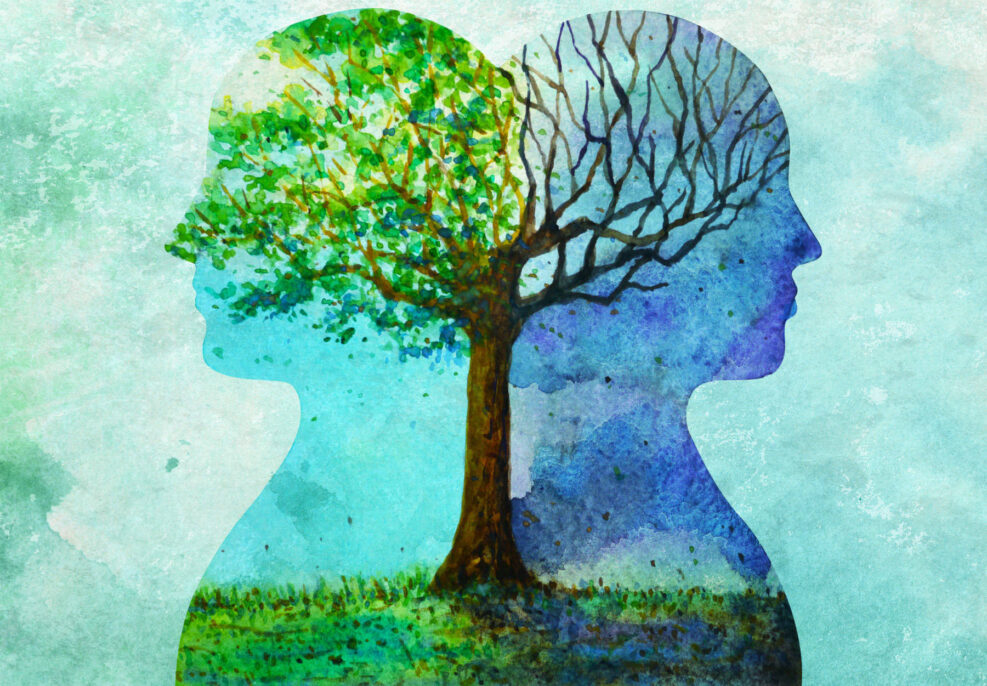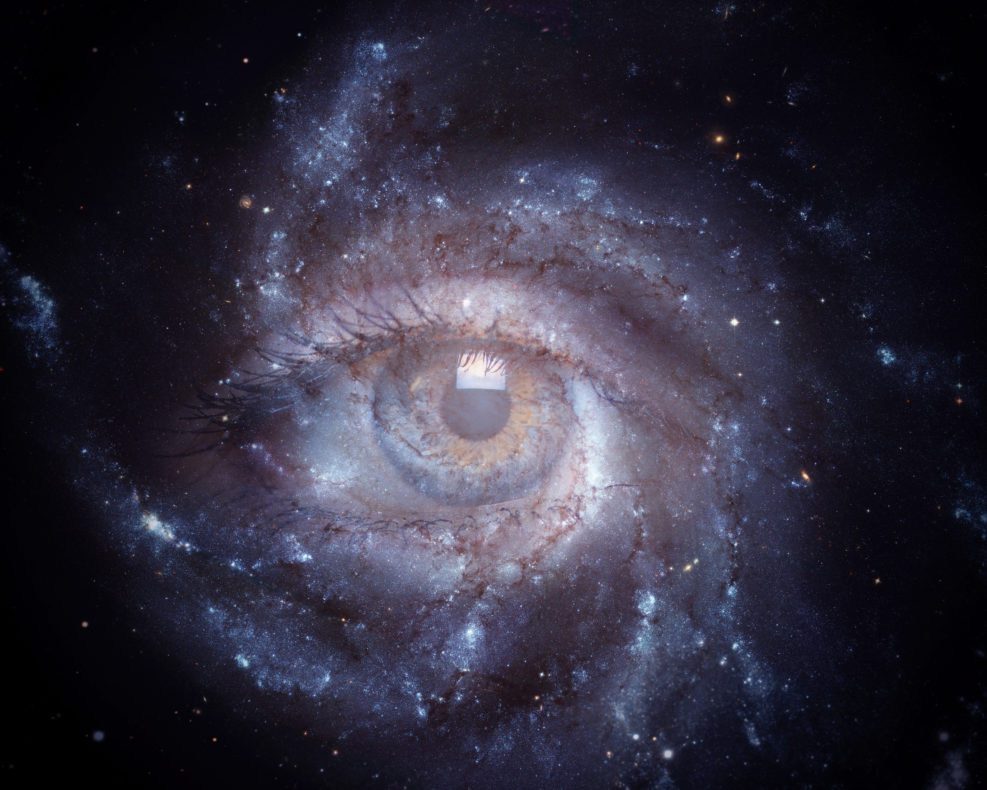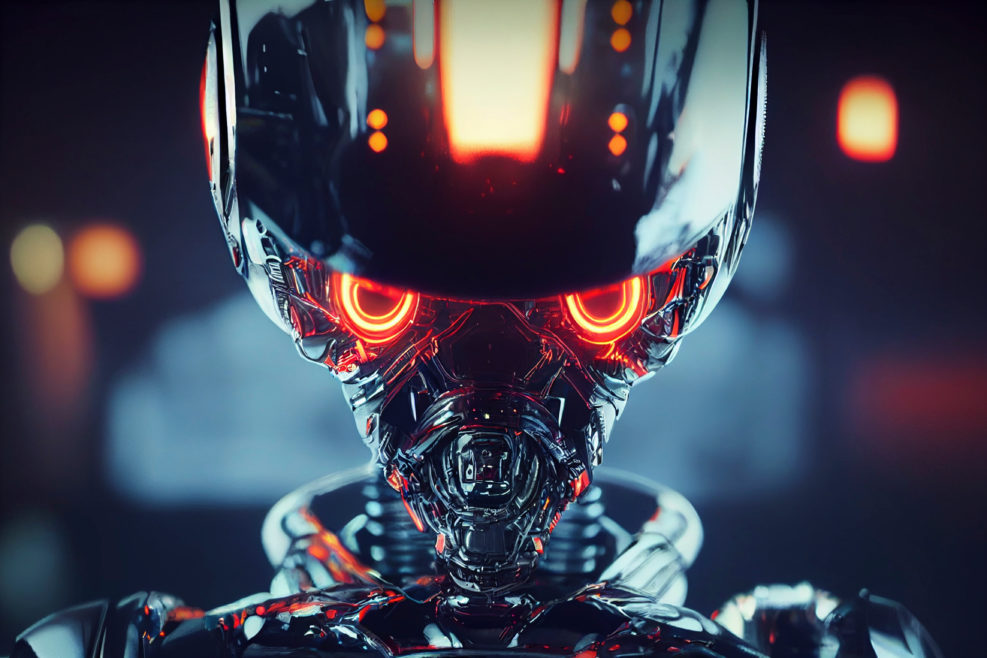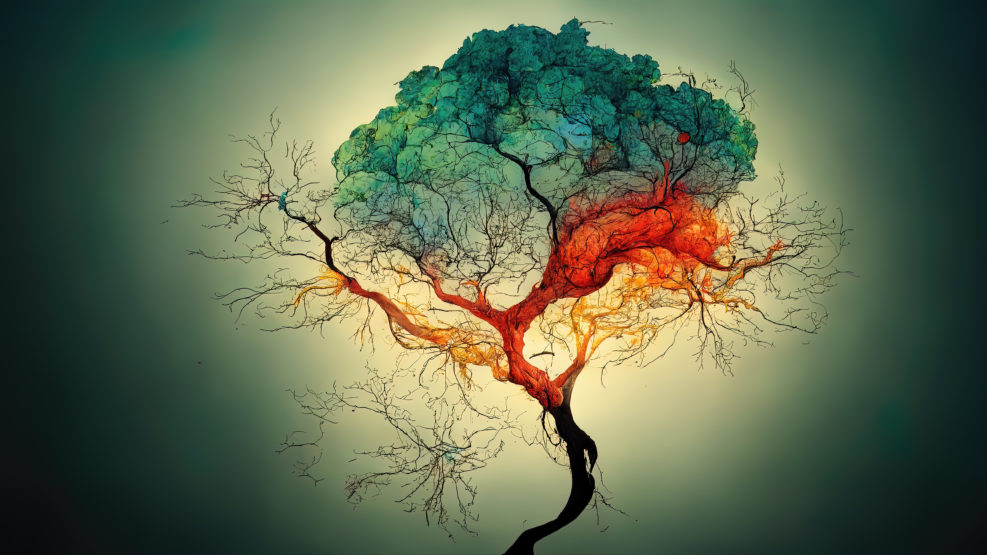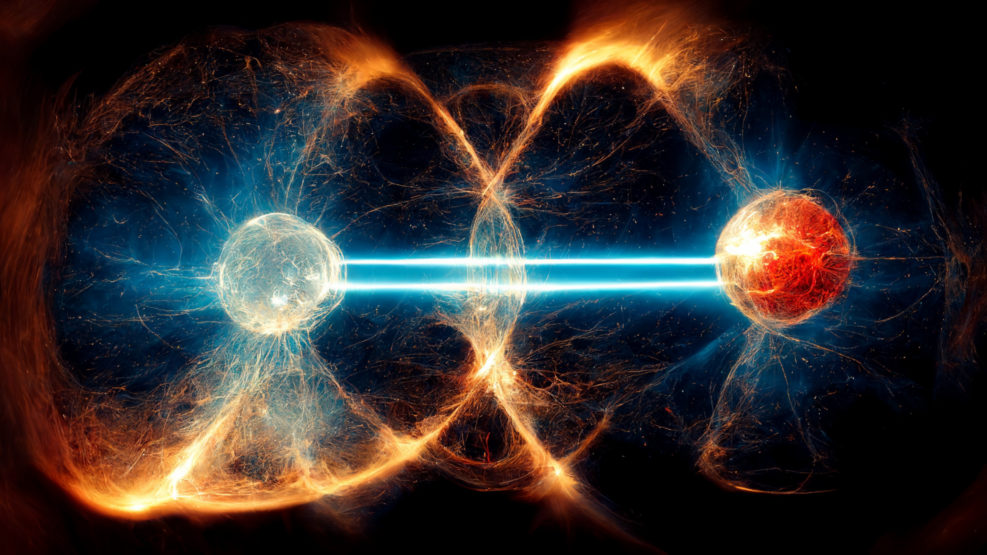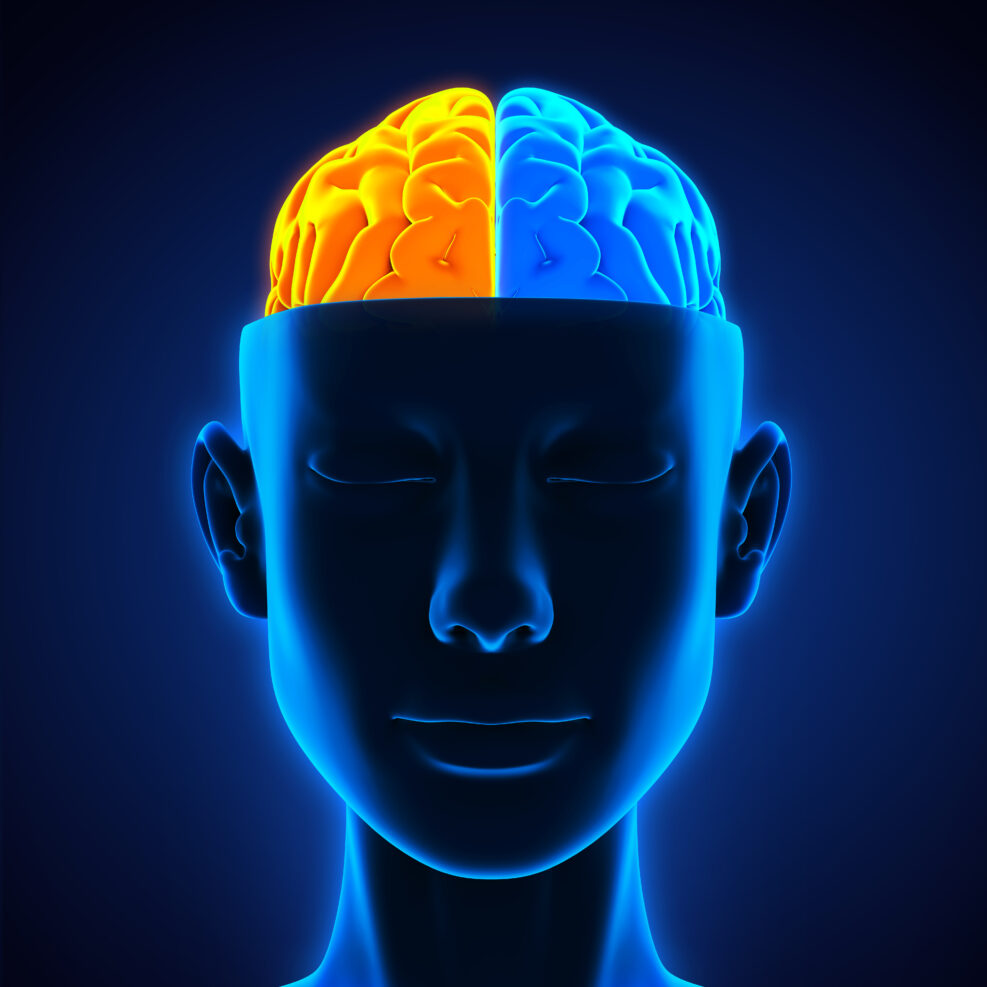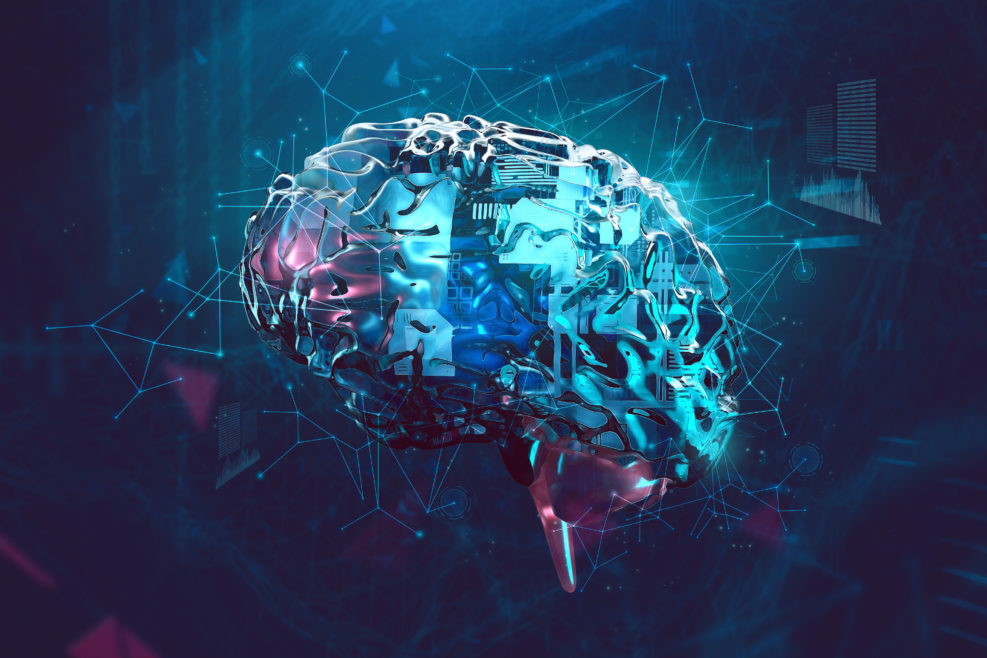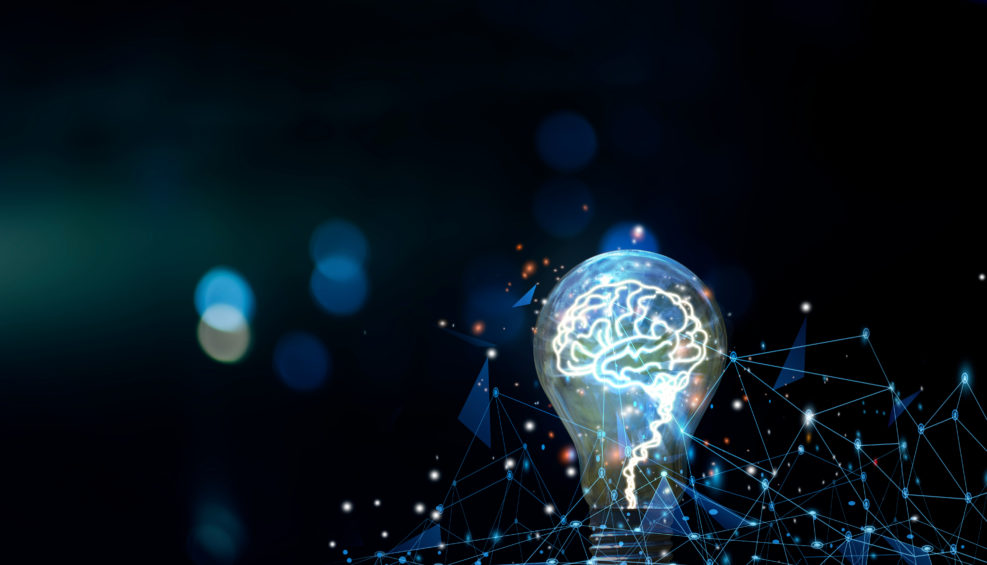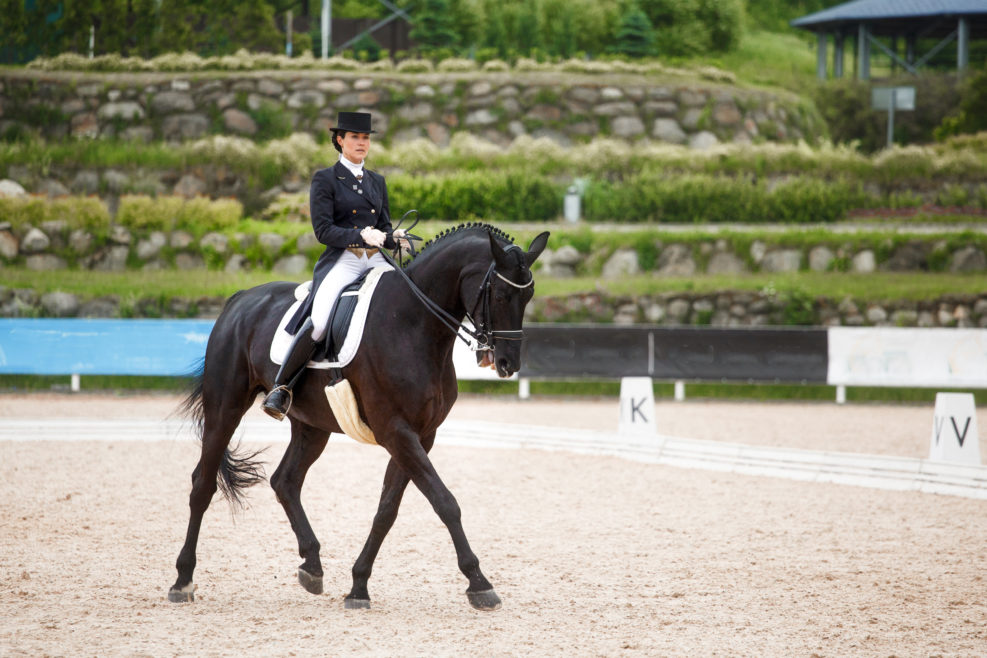
Do Centaurs Really Exist? The Surprising Truth
Well, a half human/half horse cannot literally exist — but the way horses and humans work together has been called a “miracle”Classical Greek mythology featured the “centaur,” a creature that was half human, half horse. Neuroscientist and horse trainer Janet Jones, author of Horse Brain, Human Brain: The Neuroscience of Horsemanship (Trafalgar Square, 2020), tells us that there is a truth behind the myth (as so often). In what amounts to a “neurobiological miracle,” the horse — a prey animal — and the human — a predator — can learn complete neurological co-operation to perform complex feats that neither can manage alone. How complex are these equestrian feats? Horse-and-human teams perform complex manoeuvres in competitions of all sorts. Together, we can gallop up to obstacles standing 8 feet (2.4 metres) high, leave the ground, and fly blind – neither party able Read More ›
